The sap smell of the forest warmed by the sun, the way the light filters through the canopy, unpaved paths layered with rocks and tree roots — I love hiking.
I live only a few hours away from Canada’s Rocky Mountains and, because I have parents who love the outdoors, my childhood was filled with back-country camping, steep hikes with stunning views, and adventures along rarely trodden paths.
The longing to be amongst the trees and view the world from the top of a peak has only gotten stronger as I’ve gotten older. And as family and friends get busier, I have found myself embarking on solo hikes.
To be honest, solo hiking is now my preferred way to hike — I love the solitude, the meditative state that happens when you are focused on your own thoughts, the movement of your body, your breath, the sounds of the forest, and the world around you.
I find my senses are more active and aware, and I always leave the hike feeling like I’ve been a little bit transformed from the experience. Something that I can’t seem to emulate when hiking with others or with a group.
I often get asked if solo hiking is safe or if I am ever scared while I am hiking alone. My response is usually the same as when people ask me that question related to solo travel — I have never felt unsafe, but I have felt uncomfortable, and that is not a bad thing.
I usually follow this up by reminding them that I also never approach a solo hike unprepared. I know exactly what I need to do to keep myself safe and comfortable, so I can focus on the sound of the wind in the trees and not on an imaginary threat.
Here are my tips to keep yourself safe when hiking solo.
Pack the necessities plus a little extra
You need to carry everything needed for the hike, plus a few extra items just in case. I’m always of the mindset that if you have everything you need to survive, you won’t need to survive (I know, it doesn’t make sense).
Here’s what I always have in my day hike pack:
First aid kit (with an emergency blanket) and tissues
Swiss army knife
Small flashlight or headlamp
Matches and kindling
Layers including something waterproof and extra socks (the weather in the mountains can change drastically as you get higher, especially above the treeline)
Food, including packaged, high-protein snacks (more than I need for the hike)
Extra water (bring more than you think) and a small water filter or iodine tablets, just in case
Phone charger/battery pack
Notebook — because when is there a better time to write than when you are sitting on top of a mountain soaking in a breathtaking view?!
Plan your route ahead of time and let someone know it
I always make sure I text a friend or family member the name of the hike, the length, and a bit about my plan (bonus points if you text at the exact moment you start the trail), so that someone knows where I am. If there is one available at the trailhead, I will also text a photo of the map.
Keep in mind that a lot of trailheads, hikes, and even the summits are completely cut off from cell networks, so you may not be able to get a message out.
Make sure you let someone know when you are off the mountain as well, so they know you are safe.
Bring a paper map
“I don’t need a paper map, I have my phone!” says pretty much anyone I tell this to.
Sure, we all have phones now, but as I said above, the majority of the trails you will be on do not have service, so your app will not work. Screenshots of trail maps are great, but what if your phone dies, or you drop it, etc.
Parks offices have paper maps, or you can by them at any camping/hiking outfitter (many are waterproof, too).
Make sure you are comfortable with the terrain
Know what you are getting into before you start — there is no one with you to bail you out. Make sure you know what your hike is going to be like, so you have the right shoes, equipment, etc.
Make some noise
It is easy to sneak up on other hikers and wildlife when you are a solo hiker, so make sure you are making some human noise as you hike — especially around blind corners on quieter trails.
If you can deal with the constant ringing (I cannot), a bear bell works, but so does singing to yourself, talking out loud every once in a while, or clapping your hands periodically.
Carry bear spray and be aware of any other wildlife in the area
When hiking in provincial or national parks, I usually swing by the park office before embarking on my hike to find out where the latest bear spottings are and if there are any other animal warnings that I need to be aware of.
For example, in Jasper National Park, there are certain hikes that get shut down because they are calving areas for Elk, which can get very aggressive if approached by humans.
When you are hiking, keep an eye out for scat and paw prints (here is what bear scat looks like), as that is a good indication that there are animals nearby. If you see anything near or on the trail, make some noise and make sure you are cautious going around corners.
Note that I have carried bear spray on solo hikes for years, and never once had to use it (knock on wood).
Learn more about bear safety when hiking here: Bear Safety — How to stay safe when camping and hiking in bear country.
Keep YOURSELF company — shut off music/podcasts and pay attention to the world around you
The point of going into the woods is to immerse yourself in the woods — not in your headphones. Embrace unplugging!
This, of course, is also a safety issue. When you have headphones in and are distracted by music, you are not paying attention to animal sounds, the sounds of falling rocks, or other hikers coming up behind you.
Note: Do NOT be that hiker that blasts music out loud for everyone around them to hear. We are out in the wilderness to listen to the wilderness — not your music.
Stay on the trail
Solo hiking is not the time to go off-trail and try and find a new way up the mountain.
Especially because if something happens to you, and you don’t check in with your people post-hike, they will not know where to send the search party.
Choose a turnaround time and stick to it
Last summer, I did a portion of the Skyline Trail in Jasper National Park. It’s a trail that takes 3-5 days to do from end to end, so I could have hiked whatever distance I wanted before turning around.
Before I started, I decided that I would turn around after about 11 km, which put me in a high mountain meadow that I knew would give me a fantastic view and would be a great place to have lunch. After I got up there though, I felt the urge to keep going — the landscape was incredible (see image above), and I wasn’t ready to go back down. But, I stuck to my turnaround distance, and I am SO glad that I did.
When I finally got back to the parking lot, I had done 22 km, and my legs knew it. They were shaking, I was exhausted, and I was ravenous. If I had decided to hike even just a few more km up, who knows what shape I would have been in post-hike.
Don’t give into temptation when you are on a hike that keeps going — stick to the turnaround time.
Trust your instincts
Lastly, and most importantly, trust your instincts.
I find that when hiking solo, I pay a lot more attention to the world around me than I do when I am with other people.
If something feels off — the weather, the other hikers, the terrain — and you are uncomfortable, call it. There is no point in forcing something if you aren’t going to enjoy yourself.
Pin Me
Meet The Author
Lindsay Shapka is an avid traveler and the creator of The Anthrotorian — a website dedicated to sharing travel tips, stories about adventures, culture quirks, artists you should know, fascinating bits of history, and more!
She is also an artist, marketing specialist, editor, and freelance writer who has work featured on websites, blogs, and in magazines like National Geographic Traveler.

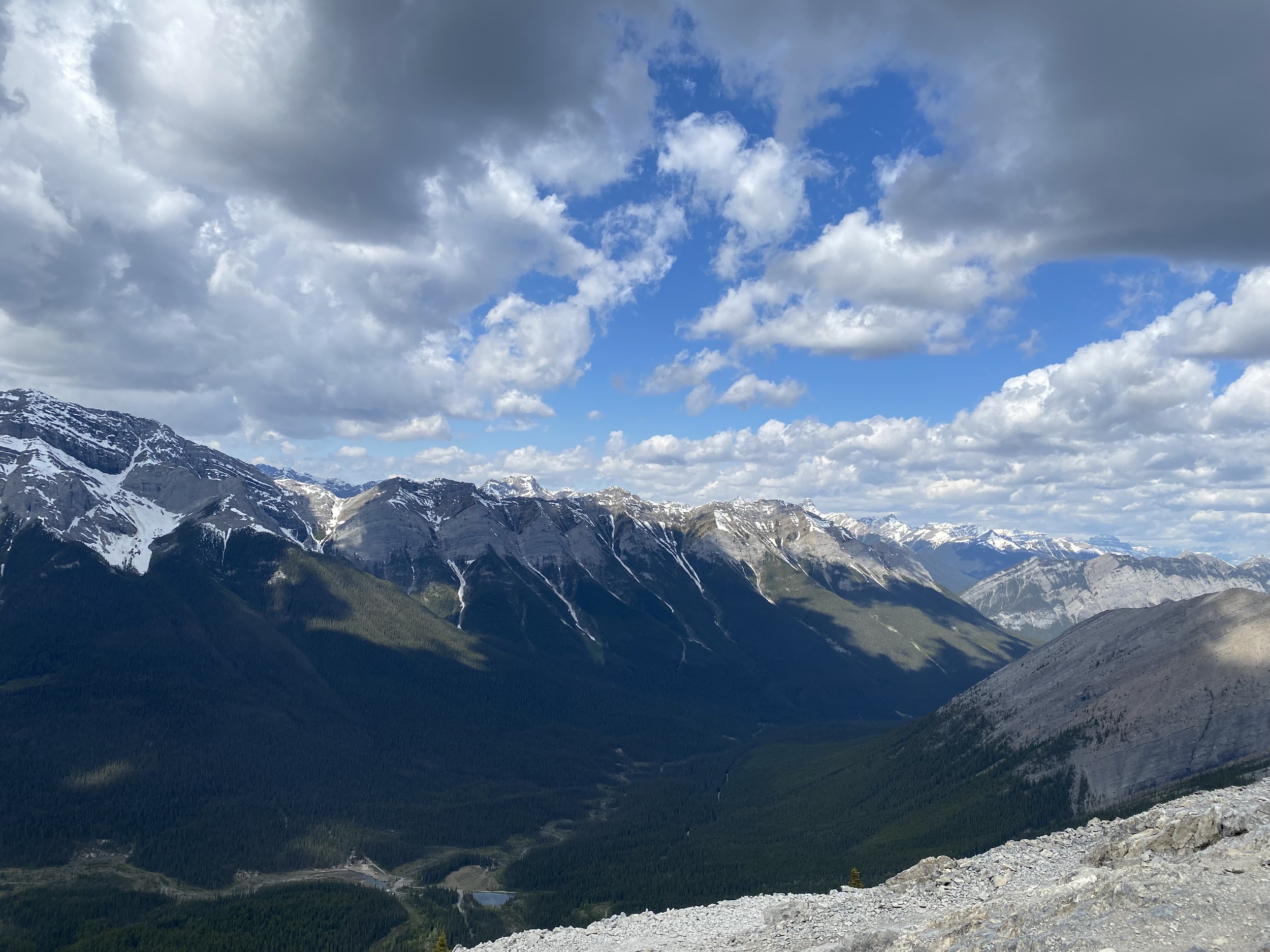
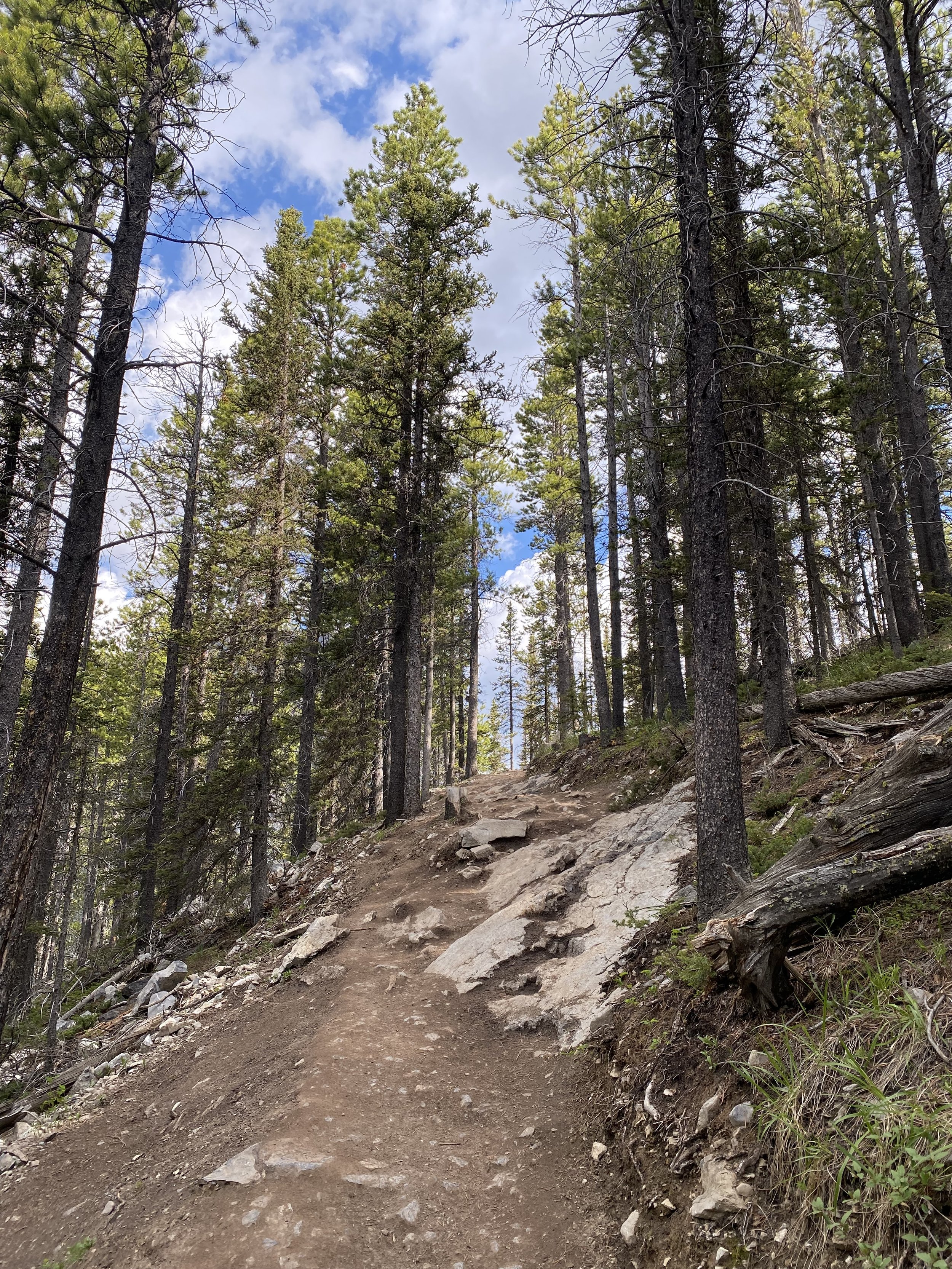
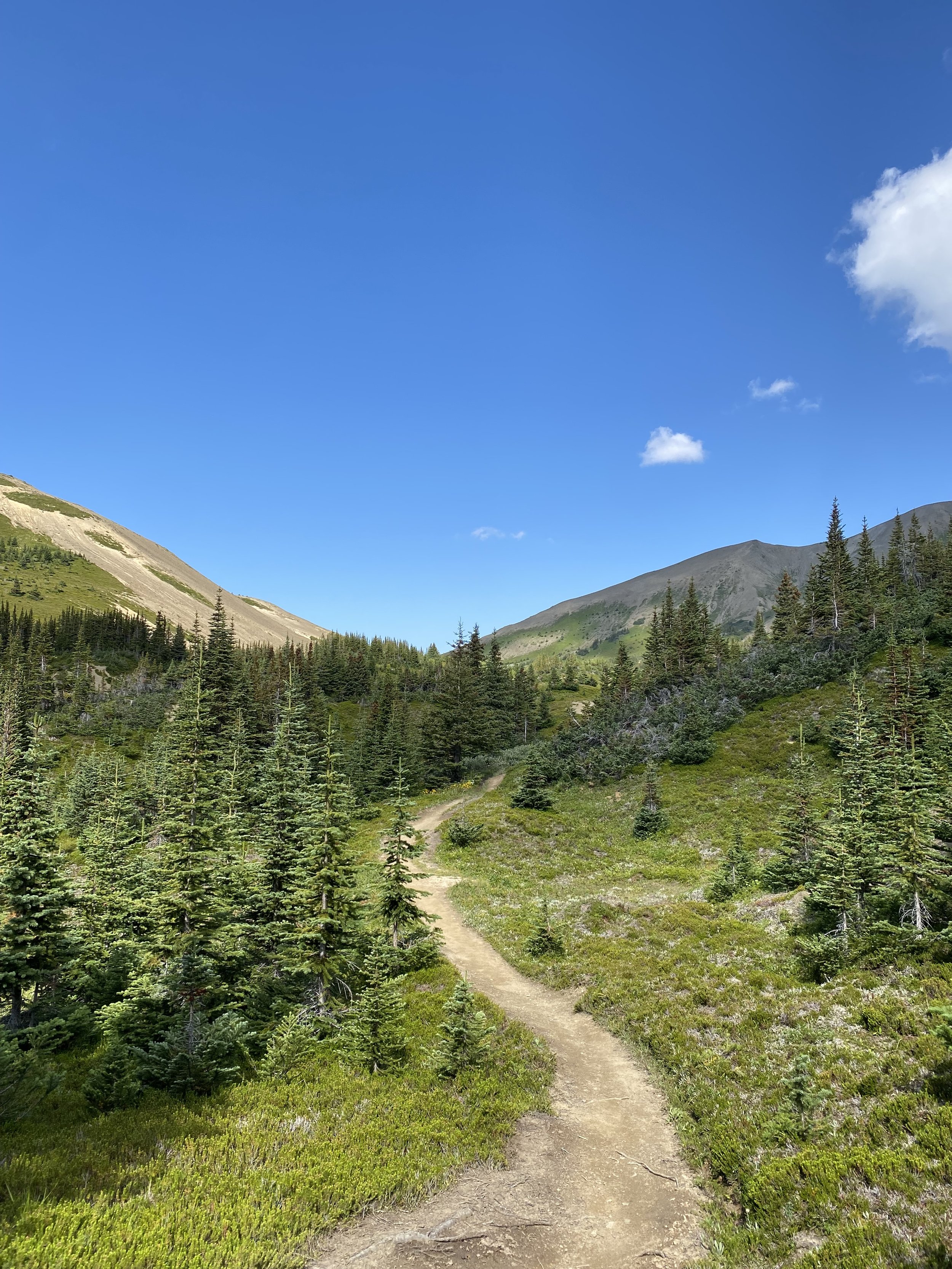
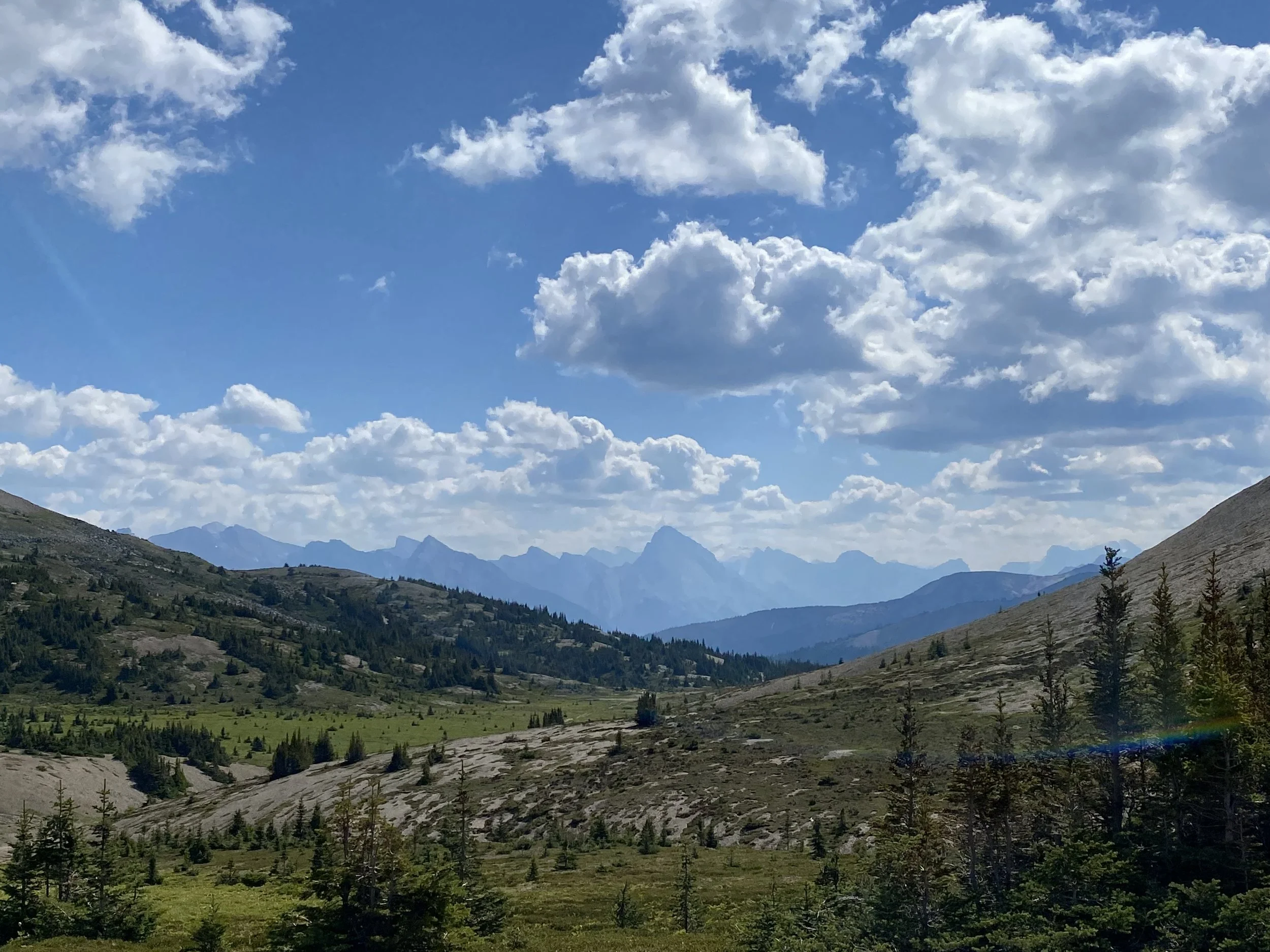











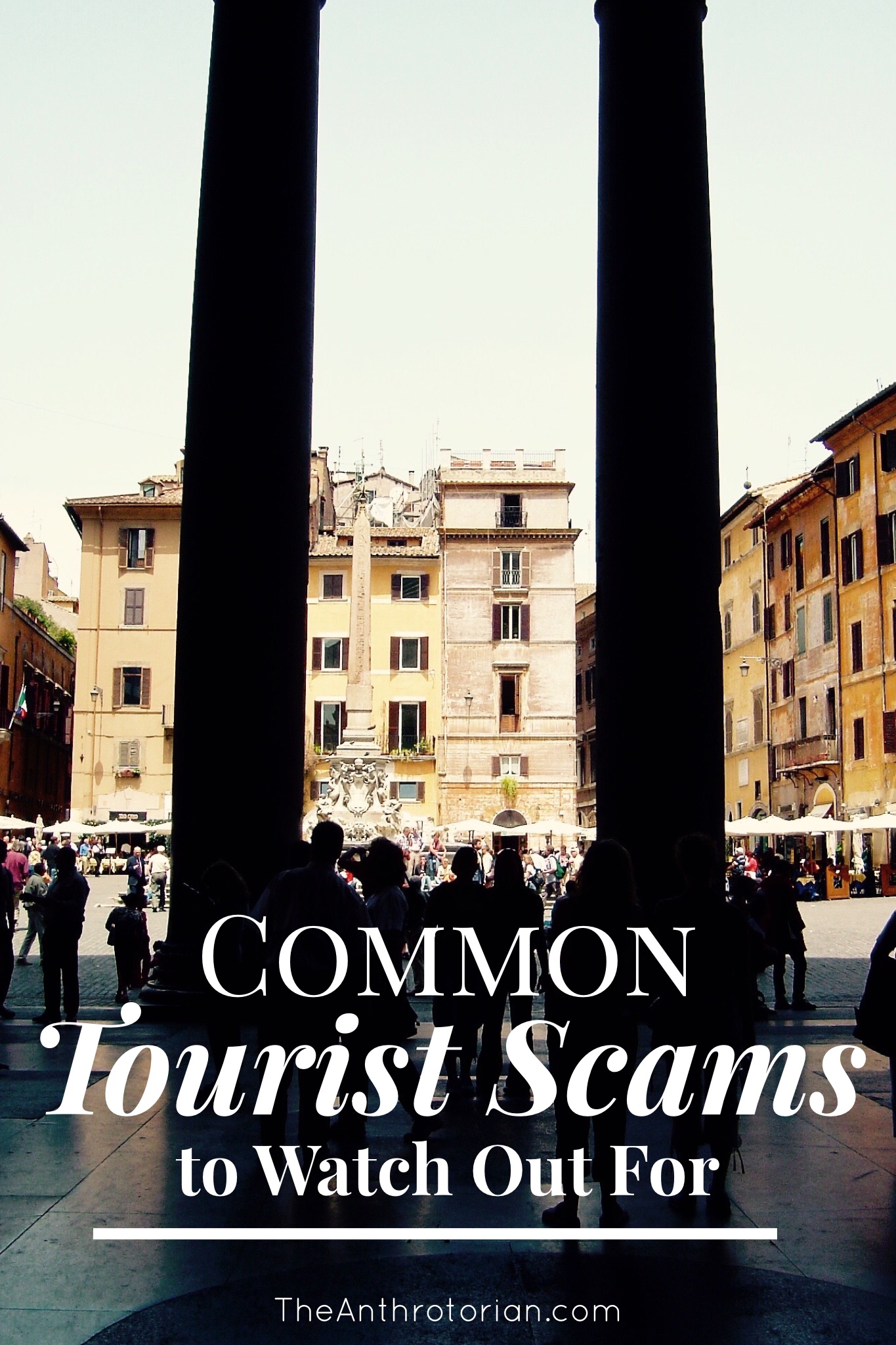


If the last few years of travel has taught us anything, it is that airports are busier than ever, and both they, and the airlines, are struggling to keep up with the demand.
Throughout the recent summer and holiday seasons, we were bombarded with images and videos of stacks of lost luggage left in airports all over the world. If you are anything like me, it has made checking a bag seem like a risk that I am not willing to take — especially if I am going for a short trip and don’t want to be without my clothing, etc. for even a day.